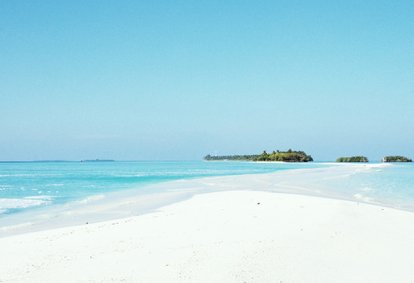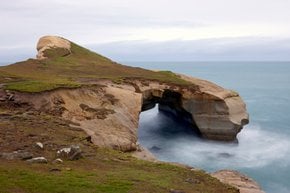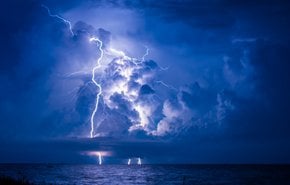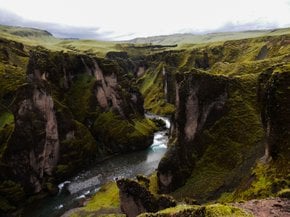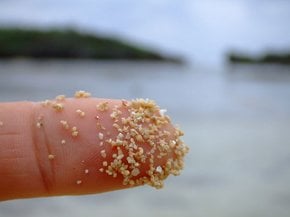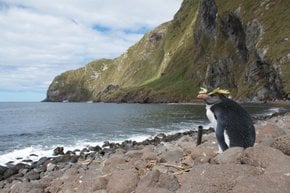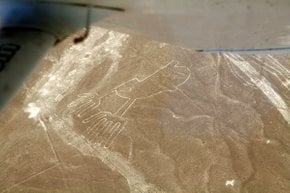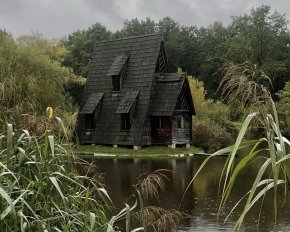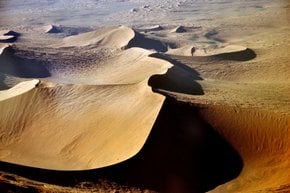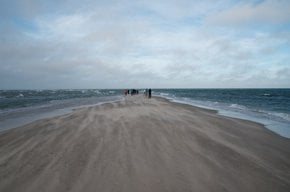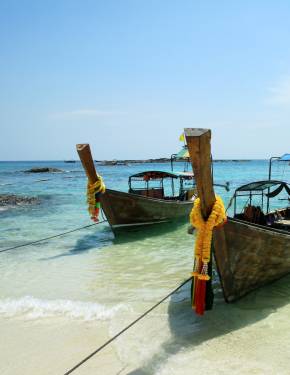Watch the Birth of Baby Islands in Maldives 2025-2026
Islands in the Maldives may rise from water, sink entirely, move sideways, or change their location completely
Best time: December–January | March–April
Maldives has lots of baby islands, that are born at low tides. These are small islands have the purest sand ever, as it's cleaned every time an island submerges under the water during high tide and rises up from the turquoise lagoon during low tide. Baby islands are also called sandbanks, and they actually have nothing but the purest sand. Insular metamorphoses aren't all just about high and low tides, dry and rainy seasons also introduce significant changes to the archipelago.
One of the tiniest islands is Villingili, located in the southern Maldives, It has a patch of sand that rises to 7.8 ft(2.4m) above the sea level, the lowest high point on the planet. Ari Atoll also has many tiny islands, such as Maafushivaru that is just 1646 ft(502 m) long. South Maalhosmadulu Atoll has experienced some reef evolution that gives scientists hope that the Maldives can survive the rising sea levels.
If you stay in the Maldives for a longer time, you might observe that some islands have moved sideways, or changed their location completely. During seasonal shifts, the soils on one band start eroding, whereas the banks on the opposite side of an island build up. That is the reason why some islands have no trees at all—their lifespan wouldn't be long. Such wonders of nature happen twice a year when the dry and rainy seasons replace one another, namely between December and January and also between March and April.



